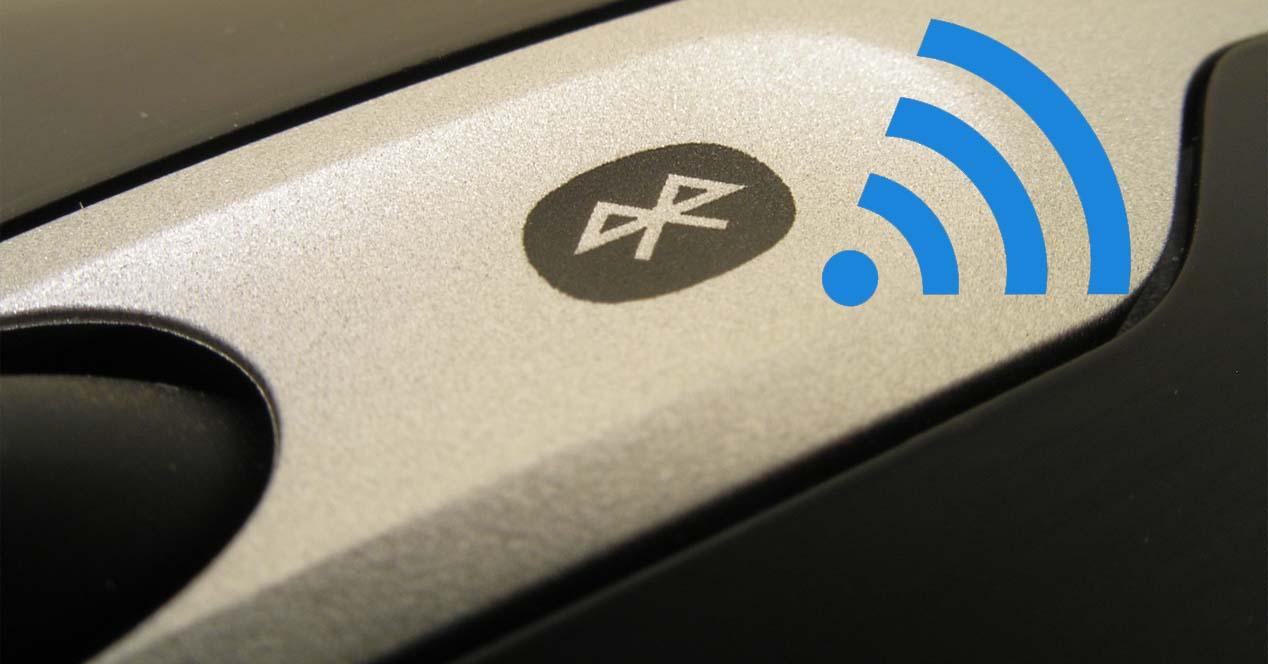We can say that having problems with WiFi is relatively common. However, sometimes these problems appear only sometimes. Normally you have good speed and quality, but you see that suddenly it cuts out or starts to go very slow. Why is this happening? We are going to tell you what you should keep in mind and how you could prevent this from happening. You will see that, sometimes, just by changing some settings you can have a better wireless connection.
What we are going to show can happen at any time and it will affect you whether you use the computer or other mobile devices. You may notice that the wireless network starts to go bad, even if that happens only on certain occasions. You will be able to solve the problem in a simple way.
Why does WiFi go bad sometimes?
This can happen whether you connect directly to the router or through a wireless repeater. Nor does it matter if we are dealing with a new, current device, or an older router. In any case, you could always have problems of this type at times when trying to connect to WiFi.
You connect an interfering device
One reason why your WiFi can go bad at certain times or at certain times of the day is because you connect something that generates interference. It can simply be the microwave, if you have it near the router or repeater. Operating on a frequency close to 2.4 GHz, it could cause wireless network problems.
It can also happen if you plug in other devices that use Bluetooth. A clear example is if you turn on the television and you have speakers, controls or keyboards that use this technology. They are going to use the 2.4 GHz frequency, which is why it will cause problems in the WiFi and can cause the signal to go bad on the television or any device that you connect.

Your neighbors connect
Yes, your neighbors could also affect, in a timely manner, the WiFi connection. This happens if they are using a WiFi channel the same as you or a nearby one. When they connect their devices, that channel becomes more saturated and can cause problems for you to connect to the wireless network with your computer or mobile.
To avoid this, what you should do is always connect to a channel that is free. Also, if you use the 5 GHz band, this problem will be less present. You will be able to connect better, without the dreaded cuts and usual failures that can appear when you use a channel that is saturated.
Greater network saturation
Another reason is due to greater network saturation. This happens at certain times, when more people can connect both at home and abroad. On the one hand, the general network may be more saturated when there are more people at home and use the connection, but also when your relatives are making more use of the network.
This saturation can lead to WiFi problems. You may notice that the wireless signal starts to get worse, with continuous cuts and failures. You can try connecting via cable, but the problem may continue. Yes, you could configure the router to assign a part of the bandwidth to your device, so that saturation does not affect it so much.
Some device uses more bandwidth
In addition, it can happen that a specific device is consuming more Internet. For example, your computer may start updating, some device may start downloading files, or someone in your house may start watching Netflix or YouTube in high definition, and that will cause your bandwidth consumption to increase.
All this is going to make the WiFi connection start to go wrong at any given time. As in the previous case, you will also be able to configure the router to have a bandwidth allocation. It will be useful to maintain a good connection at all times, without those cuts or loss of speed.
In short, as you can see, at some point you may have problems with WiFi at home. You could have failures like the ones we have explained. It is convenient that you take measures, that you know at all times how to act and avoid it affecting you. It is key to fix Internet connection problems quickly.














